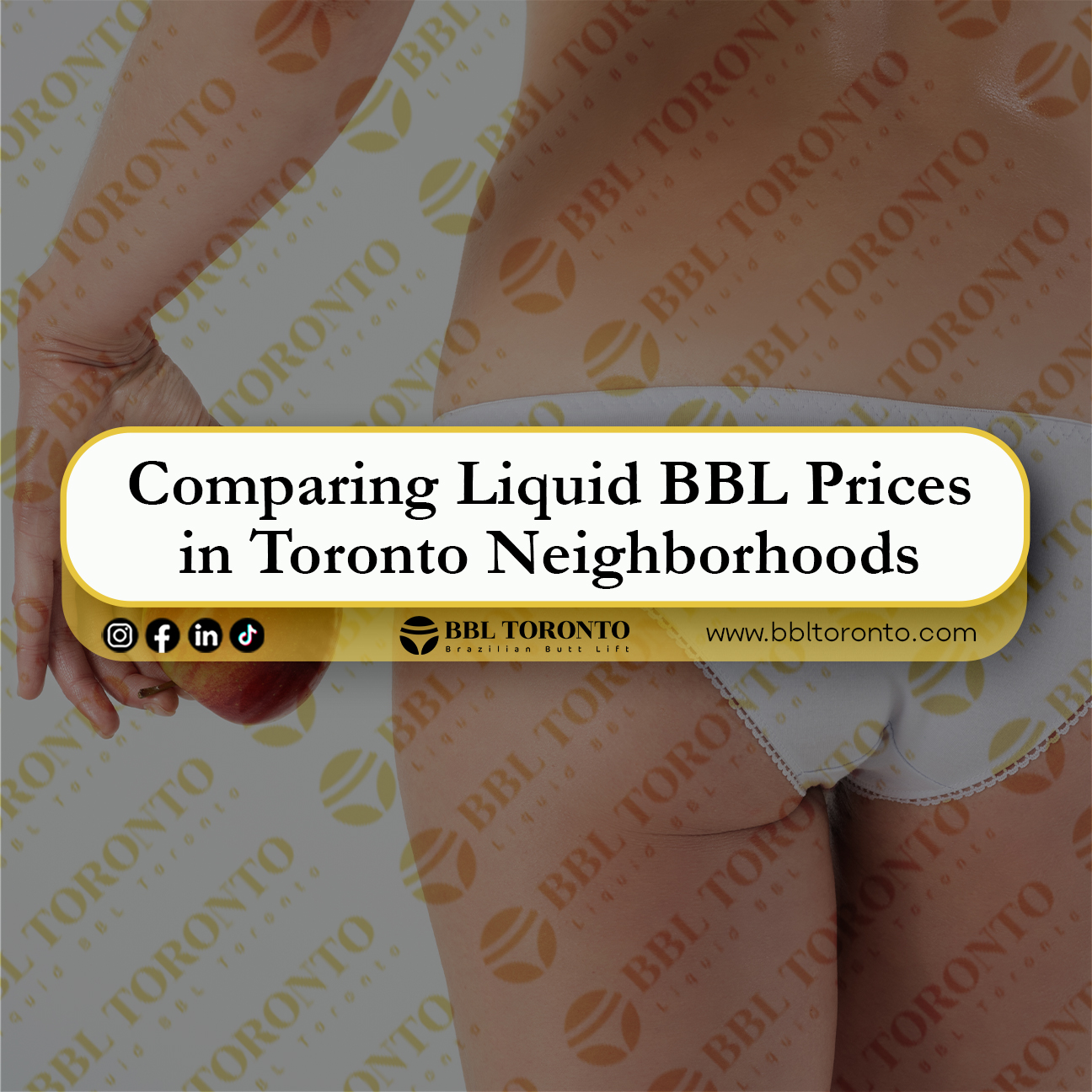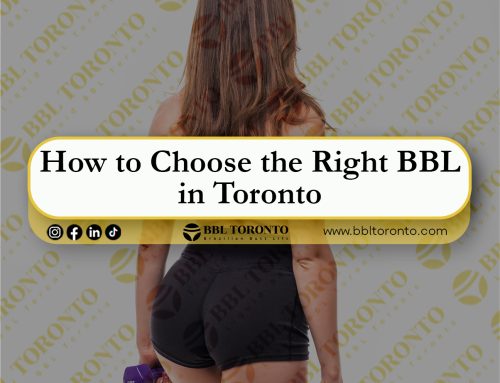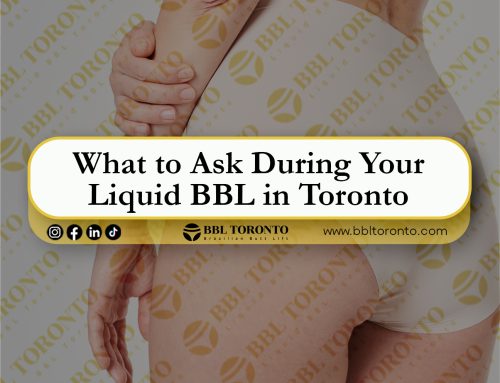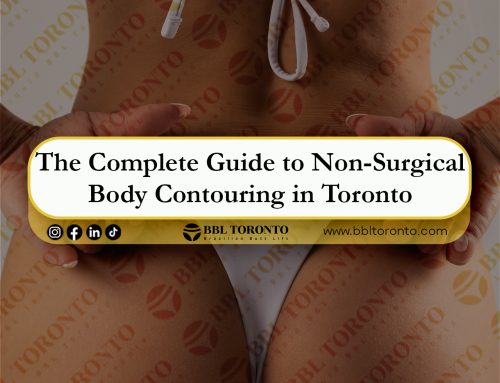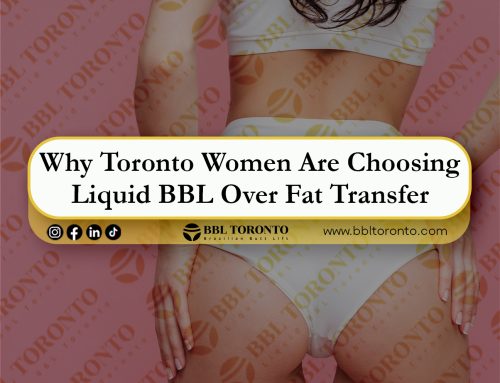Toronto has become one of the fastest-growing hubs for non-surgical body contouring in North America. From luxury clinics in Yorkville to more affordable suburban practices in Scarborough, women (and men) are increasingly turning to Liquid BBL treatments as a safe, non-surgical way to achieve curves.
But if you’ve started researching, you’ve probably noticed something confusing: prices vary dramatically depending on the clinic and its location. A patient in Yorkville might pay almost twice as much as someone in Vaughan for what seems like the same procedure.
This comprehensive guide explores the Liquid BBL Prices in Toronto—why they differ, what’s included, and what you should really pay attention to when choosing a clinic.
What Is a Liquid BBL?
Definition
A Liquid Brazilian Butt Lift (BBL) uses injectable fillers—such as Sculptra, Radiesse, or hyaluronic acid-based fillers—to enhance the volume and contour of the buttocks. Unlike surgical BBLs that require fat transfer, a Liquid BBL is quick, minimally invasive, and requires almost no downtime.
Benefits
-
Non-surgical, minimal recovery
-
Gradual, natural-looking results
-
Customizable to each patient’s shape
-
Lower risk compared to implants or fat transfer
Why Prices Matter
The number of vials, the brand of filler, and the injector’s skill significantly affect cost. And in Toronto, neighborhood economics add another layer of price variation.
Key Factors Influencing Liquid BBL Prices in Toronto
-
Type of Filler Used
-
Sculptra: Long-lasting (up to 2 years), more expensive.
-
Radiesse: Great for structure, mid-range price.
-
HA Fillers: Immediate results, often less expensive, shorter lifespan.
-
-
Number of Vials Required
Most patients require 6–12 vials. At $500–$1,200 per vial, this is the biggest cost factor. -
Injector Expertise
An experienced cosmetic physician in Toronto may charge more but ensures safety and artistry. -
Clinic Reputation
Luxury clinics with celebrity clientele charge premium prices. -
Neighborhood Overhead Costs
Clinics in Yorkville or Bay Street face higher rents, reflected in their pricing.
Comparing Liquid BBL Prices in Toronto Neighborhoods
1. Yorkville / Downtown Core
-
Average Price Range: $9,000–$12,000
-
Why Higher? Premium clinics, luxury branding, celebrity clients.
-
Patient Profile: High-income individuals seeking prestige and comfort.
-
Scenario: A client pays $11,000 for 10 vials of Sculptra, plus complimentary follow-ups and luxury amenities.
2. Midtown (Yonge & Eglinton)
-
Average Price Range: $7,000–$9,000
-
Why Mid-Range? Balance of upscale and accessible clinics.
-
Patient Profile: Young professionals who value quality but not full luxury pricing.
-
Scenario: A professional spends $7,500 for 9 vials, with excellent results but fewer premium add-ons.
3. North York
-
Average Price Range: $5,500–$8,000
-
Why? Lower rent than downtown, but strong demand from diverse communities.
-
Patient Profile: Families and working professionals.
-
Scenario: A patient pays $6,200 for 8 vials of Radiesse with solid, natural results.
4. Scarborough
-
Average Price Range: $4,500–$7,000
-
Why Lower? Suburban rents, clinics competing for affordability.
-
Patient Profile: Budget-conscious patients prioritizing value.
-
Scenario: $5,200 for 7 vials, no luxury amenities but safe and satisfying outcome.
5. Etobicoke
-
Average Price Range: $5,500–$7,500
-
Why? Mix of upscale suburban and mid-range clinics.
-
Patient Profile: Professionals who prefer to avoid downtown traffic.
-
Scenario: $6,000 for 8 vials, mid-level pricing with reputable results.
6. Vaughan & GTA Suburbs
-
Average Price Range: $4,000–$6,500
-
Why Lower? Suburban competition keeps prices down.
-
Patient Profile: Clients willing to travel for better pricing.
-
Scenario: $4,800 for 6 vials in a suburban clinic with modern facilities.
Why Prices Differ
-
Clinic Overheads: Yorkville rents vs Scarborough rents differ greatly.
-
Local Demographics: Wealthier areas support premium pricing.
-
Brand Reputation: Established clinics charge for trust and prestige.
-
Market Competition: Scarborough and Vaughan see more price competition.
Average Price Ranges
-
Entry-Level Clinics: $4,000–$5,500
-
Mid-Tier Clinics: $6,000–$8,000
-
High-End Clinics: $9,000–$12,000+
Hidden Costs
-
Consultation fees ($50–$250, sometimes waived)
-
Touch-up sessions after 12–18 months
-
Aftercare products (compression garments, creams)
-
Time off work (if swelling/bruising occurs)
Case Studies
Case 1: Yorkville vs. Scarborough
-
Yorkville: $11,000 for 10 vials (luxury setting, excellent results).
-
Scarborough: $6,000 for 9 vials (basic clinic, equally satisfying results).
Lesson: Price isn’t always equal to quality—expertise matters more.
Case 2: Vaughan Clinic
A suburban clinic offered $4,800 for 6 vials with a highly experienced injector. The patient saved 40% compared to downtown while achieving great results.
Pros and Cons of Choosing Based on Price
Pros:
-
Lower prices save thousands.
-
Suburban clinics often provide competitive offers.
Cons:
-
Cheapest doesn’t mean safest.
-
Unqualified injectors may use low-quality fillers.
Tips for Finding Best Value
-
Research clinics thoroughly (reviews, before/after photos).
-
Verify injector credentials.
-
Compare what’s included in packages.
-
Consult multiple clinics.
-
Avoid clinics that only advertise “cheap deals.”
Future of Liquid BBL Prices in Toronto
-
Increasing Popularity: Demand may push prices up in luxury neighborhoods.
-
Advanced Fillers: Longer-lasting injectables could reduce long-term costs.
-
Hybrid Packages: Clinics may combine Liquid BBL with skin-tightening treatments.
-
Competitive Suburbs: Vaughan and Scarborough will likely remain budget-friendly.
Conclusion
The landscape of Liquid BBL Prices in Toronto is diverse. Yorkville offers premium clinics at $11,000+, while Scarborough and Vaughan provide more affordable alternatives at nearly half the cost. But the most important factor isn’t just price—it’s injector expertise, clinic safety, and quality of results.

